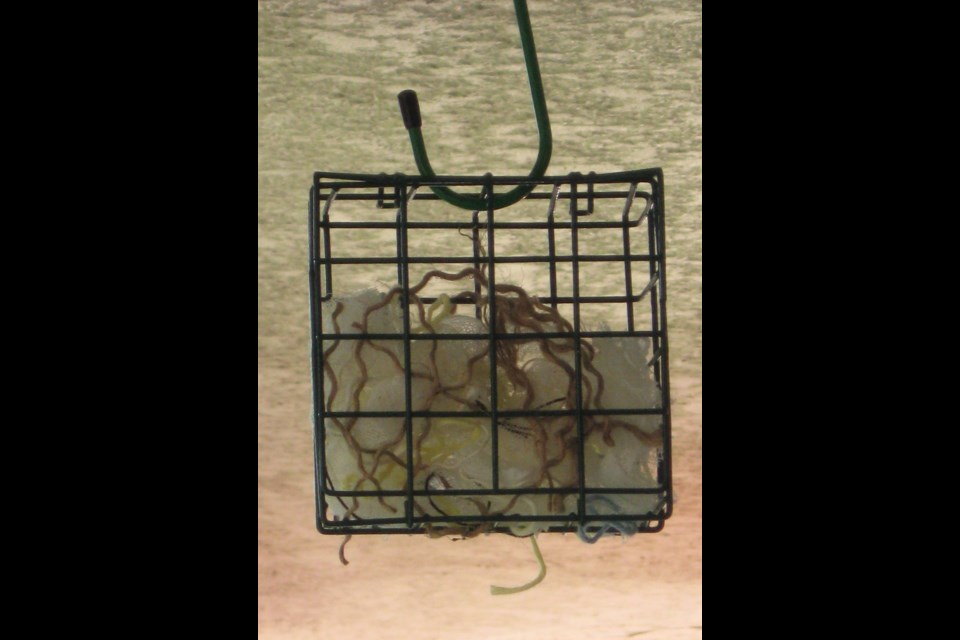I suppose it is inevitable, since we are humans, that we do a lot of anthropomorphizing (from the Greek “anthropos” – human being – and “morphe” – form), in other words we tend to humanize non-human things, whether alive or inanimate. This tendency carries over into the way we treat non-human creatures, particularly animals, and above all household pets.
Anthropomorphizing has been going for centuries, especially in literature and art. In the second half of the 1600s, the English diarist John Evelyn (1620-1706) started assembling material for a book on horticultural lore, known as the “Elysium Britannicum,” illustrated with his own drawings. One of his illustrations shows a four-poster bed – a piece of furniture – set in the garden. It has become, literally, a garden bed. Another drawing is of a transparent beehive, in an octagonal shape, with classical arches, statues, weathervanes and sundials, looking more like a miniature garden pavilion than a hive for bees.
Those of us who are lovers of nature are especially keen to be involved in helping wherever we can, but we have a lot to learn. I recently became aware of just how anthropocentric our assumptions about wildlife were, and how our mentality constrains us. We think too much like human beings, and this can make it difficult for us to enter the minds of animals. If we pay more attention to animal behaviour, if we look and actually take in what we are seeing, we could be one step closer to helping nature in a way that in fact does help.
This spring I kept reading about how to assist our backyard birds with nest-building supplies. The website of the David Suzuki Foundation mentioned that wild bird stores sold bird-nesting materials, which could be put in a clean metal suet feeder or even a metal kitchen whisk, in other words a container from which birds could pluck what they wanted. I opted for a DIY solution and cut cotton cheese cloth and short lengths of pure cotton yarn to put in a carefully cleaned suet feeder. I hung it out of the rain, in my carport, a flyway for small birds going from the front to the back yards. Word will spread quickly throughout the songbird community, I told myself, and the suet feeder will be emptied of its nest-building materials within a few days. I was so wrong. The birds ignored it. The contents have never been touched.
Not long ago, I saw a chickadee poking around close to the ground in the carport. I figured it was looking for spiders. A few days later I surprised a chickadee hanging on to a pole supporting a tall plant. The chickadee flew away as soon as it saw me. I was near enough to spot the little bits of fibre it was carrying in its beak – it had been pulling thin strands out of the jute cord I’d used to tie the plant to the pole. Then I looked more closely at where I’d seen the chickadee in the carport. I discovered that it hadn’t been searching for spiders, it had been pulling out strands of jute from a piece of rope. I went to all the other places in the garden where I’d tied plants with jute – every one of the cords showed signs of having been visited by birds!
So instead of taking one of the pre-cut pieces I had on offer in the hanging suet feeder, the chickadee preferred to seek its nesting materials in what must have seemed a more familiar situation. I keep finding out that we can’t always second-guess what comes naturally in nature.
Sabine Eiche is a local writer and art historian with a PhD from Princeton University. She is passionately involved in preserving the environment and protecting nature. Her columns deal with a broad range of topics and often include the history (etymology) of words in order to shed extra light on the subject.



